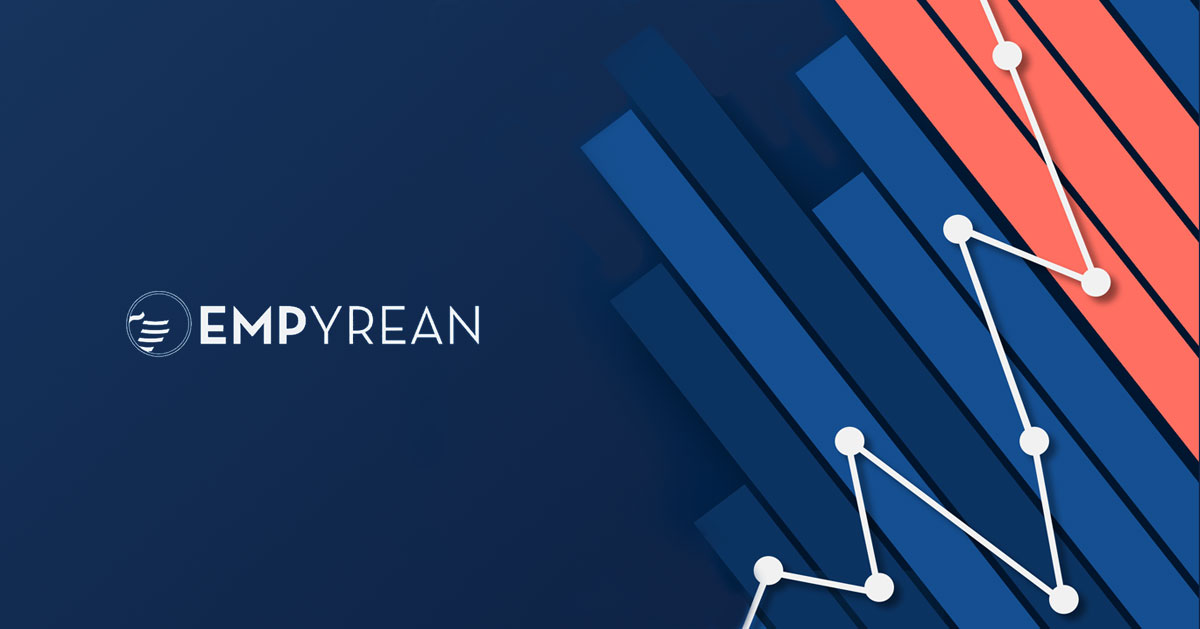Leverage Data Analytics, Artificial Intelligence and Automation to Achieve Better Benefit Outcomes
14 June, 2019Automation, artificial intelligence (AI), and machine learning are changing the way many organizations do business – but what does this mean for HR’s undeniably human-centric work?
Empyrean’s new At-A-Glance Guide, Analytics and AI in HR, explores how businesses can leverage AI, machine learning, and data analysis to achieve better benefit outcomes. Download this free guide and learn how properly applying the latest advancements in smart technology can boost your strategy, guide and engage employees year-round, and help save your employees and your company substantial health care costs every year.
Before you can take advantage of the latest technology, however, it helps to understand the basics. Here’s a quick primer.
Automation
Automated technology is programmed to complete routine, predictable, and often physical tasks – think factory robots on an assembly line. Automation increases efficiency and helps eliminate human error that can occur as a result of manual processes.
In its most basic form, HR software and benefits administration technology is an example of automation at work. Rules-based gatekeeping , scheduled file transfers, and employee benefits enrollment are all automated processes that (ideally) make life easier and eliminate potential errors for benefit teams and employees.
Just because a technology is automated, however, does not mean that the technology is smart.
On its own, basic automated technology lacks the ability to understand concepts, recognize problems, or identify patterns that may arise over the course of its use. For technology to be smart, it needs artificial intelligence.
Artificial Intelligence (AI) and Machine Learning
Artificial intelligence (AI) programming empowers technology to identify concepts, recognize patterns, and analyze complex rules to quickly develop and offer solutions for a multitude of challenges. The goal of AI is to create smarter technology that can “think” and solve problems like a human, but with the computing capabilities and speed of modern machines. Machine learning is a component of AI, enabling AI-equipped technology to better analyze and learn from data.
So how do these concepts apply to – and improve – your business intelligence and the execution of your benefits strategy? When it comes to benefits, what is the most valuable application for this new generation of technology?
Analytics
Data, AI, and machine learning algorithms can come together to positively influence the employee experience and streamline your workload. While analytics may have been previously viewed as something mainly utilized for operations and finance departments, the reality is that analyzing data is now a critical aspect of today’s successful benefit programs and administration.
Employees are often overwhelmed by benefit complexity, and want an easy answer to the question, “What’s the best plan or path to care for me?” … But of course, the answer to this question is highly personal and dependent on each employee’s unique circumstances. By analyzing employees’ very own data and behavior, the answer to this question is more accessible and more accurate than ever.
Modern and more robust decision support uses claims data, consumer data, and health indicator data sets to provide a clear and objective view of employees’ care-related spending, coverage utilization patterns, purchasing patterns, and opportunities for consumer-centric plan utilization and selection.
Combining a data analytics engine into your decision support enables employees to finally make use of their own data – without the need for spreadsheets, number-crunching, or a statistics degree. Your benefits administration platform should offer a seamless solution that easily incorporates this technology and predictive analytics into your benefits offering.
For example, imagine that an employee has just welcomed a new child to their family. Now, they are tasked with enrolling in their benefits, but are unsure if they should change their medical insurance coverage after this major life event. How might their anxiety and experience change if they encountered the following message when they went to enroll on your benefits platform?
“Congratulations on your baby delivery this year! Despite it costing you $6,500, the plan you had this year was the best option for you, and you saved $500 overall. Keeping your plan will save you money next year too.”
This message not only provides a clear recommendation to your employees, as well as offer a cost-savings prediction in the year ahead, but also provides understanding support and encouragement that your employees crave and will appreciate.
In addition to supporting decision-making during enrollment, an advanced analytics engine should also help facilitate year-round engagement and look out for your employees’ financial and health care needs. Personalized messages based on recent claims and utilization patterns will help employees better understand how they can utilize their healthcare coverage, provider choices, voluntary benefits, and savings account options in the most cost-effective and efficient manner. Leveraging new technologies and benefits management software solutions in conjunction with data has big advantages for your business: Employees can save a median of $1,500, and employers can save up to 7% on their healthcare costs.
In a world where algorithms help us decide the next article to read, next song to listen to, and even the next job we’ll hold, it is critical that HR paves the way for technology to better the lives of employees and their families. As benefit leaders achieve greater visibility and influence across organizations of all sizes and complexity, they are expected to bring new solutions to classic challenges and emerging problems alike. How well are you prepared for HR’s new chapter?
For an in-depth look at how this technology is impacting HR, download the At-A-Glance Guide, “Analytics and AI in HR: Leveraging Data to Take Control of Your Benefits Strategy.“ As you read, we’d love to get your thoughts. Feel free to contact us with questions or comments at info@goempyrean.com.














